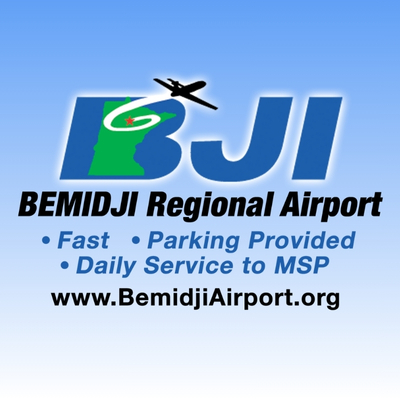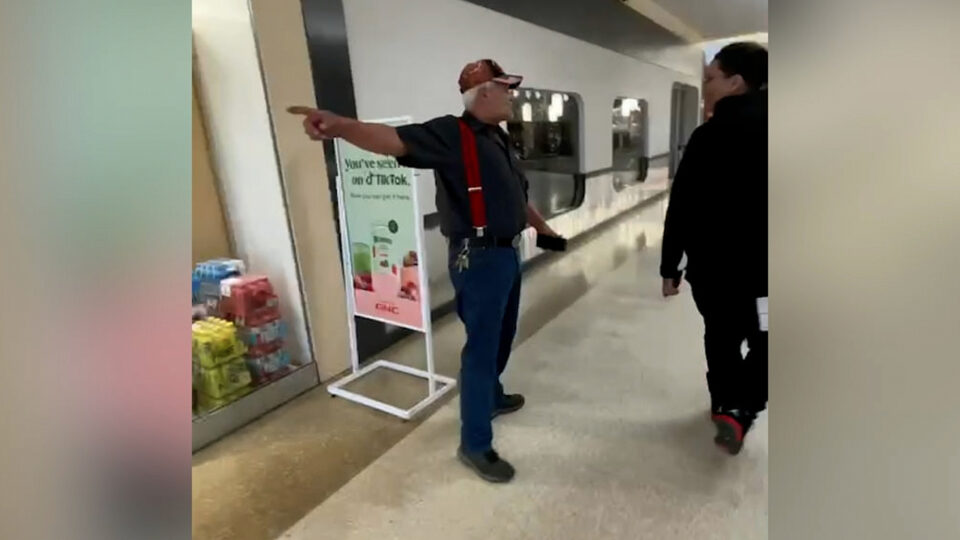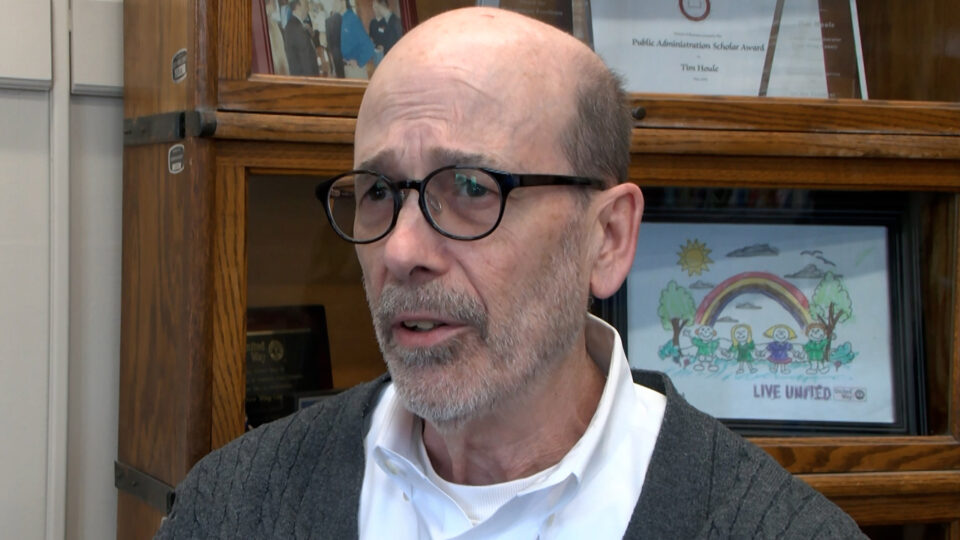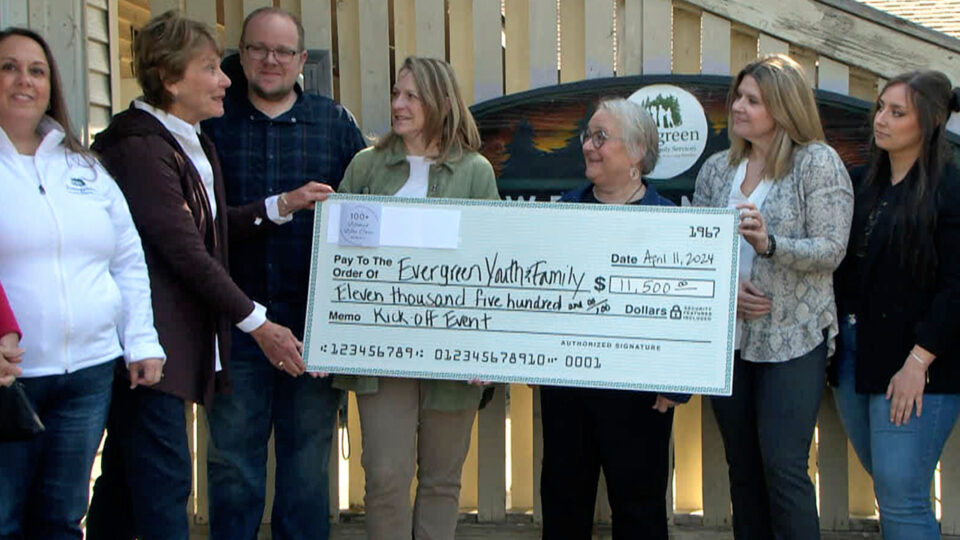Aug 31, 2018 | By: Rachel Johnson
Area Harvesters Face A Down Year For Wild Rice
With all the reports of wildfires and dry conditions across the country this summer, it may come as a surprise to learn that for wild rice harvesters in the area, rain has been a huge problem.
“It is not a good year. For a lot of lakes, wild rice was washed out or the plants were under water for too long which stressed them out, so the plants that did survive came in short, sparse, and thin,” said Ann Geisen, Wildlife Lake Specialist at the Minnesota Department of Natural Resources.
In the central and northern Minnesota area, a summer filled with many high precipitation events has decimated the wild rice in many lakes and rivers. When wild rice grows, it starts off in the floating-leaf stage.
“If water levels rise too rapidly and the leaves continue to float on the surface it uproots the plant. If the plant isn’t uprooted, then the plant will be under water at which point it can’t get oxygen,” explained Geisen. “So if it’s underwater too long, the plants will die.”
At Mallard Lake in Aitkin County, where last year there was wild rice from shore to shore, this year, the lake is two-thirds open water. The contrast is drastic on a lake that was the most harvested lake in the state last year, according to a DNR survey.
The story is a little different for farmers who harvest on their own wild rice paddies, such as Ray Puetz in Brainerd.
“You have to have enough rain through the season to keep the water up and then in the fall, it’s a different story,” Puetz explained. “You don’t want a whole lot of rain and you never know how much you’re going to get.”
According to Giesen, it is unclear whether this poor season is just a down year, or if it is part of a larger trend.
“This poor year could be part of the normal cycle of wild rice. I think we would need more data longer term to be able to pinpoint and say we’re now outside of the normal cycle and something else is happening,” added Geisen.
Harvesters are hoping that next year will bring a milder summer and more wild rice and that it will continue to be a viable resource for many years to come.
“With Minnesotans, we need to take care of the rice that we have left. If people are interested enough to go and harvest rice, that means they’re going to be interested enough to want to take care of that resource,” said Geisen.
The money generated from buying a wild rice harvesting license is put into a dedicated account that goes to wild rice management.







